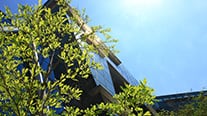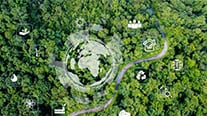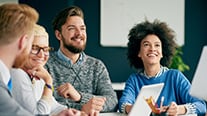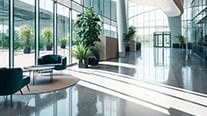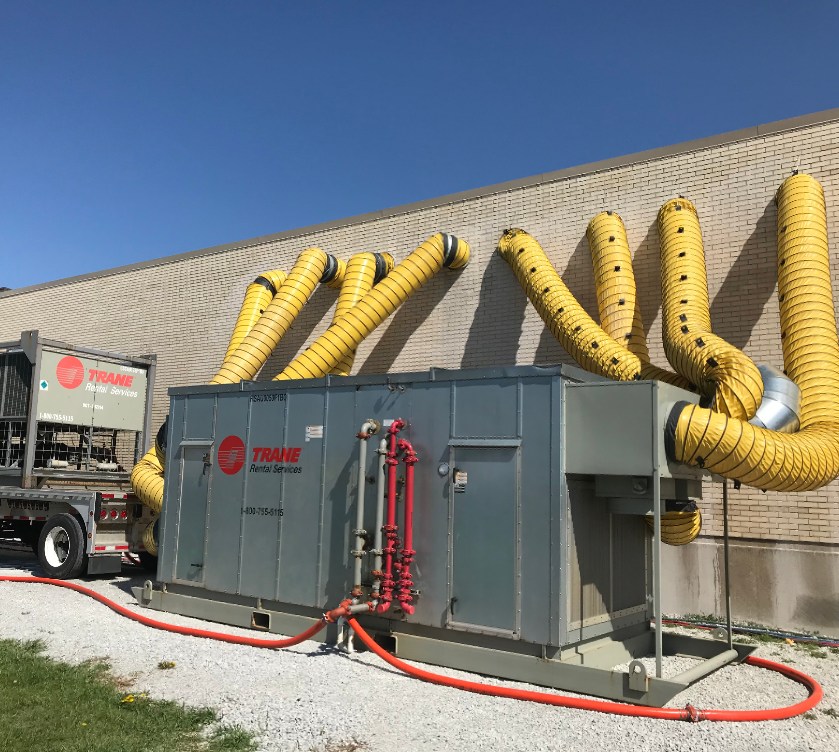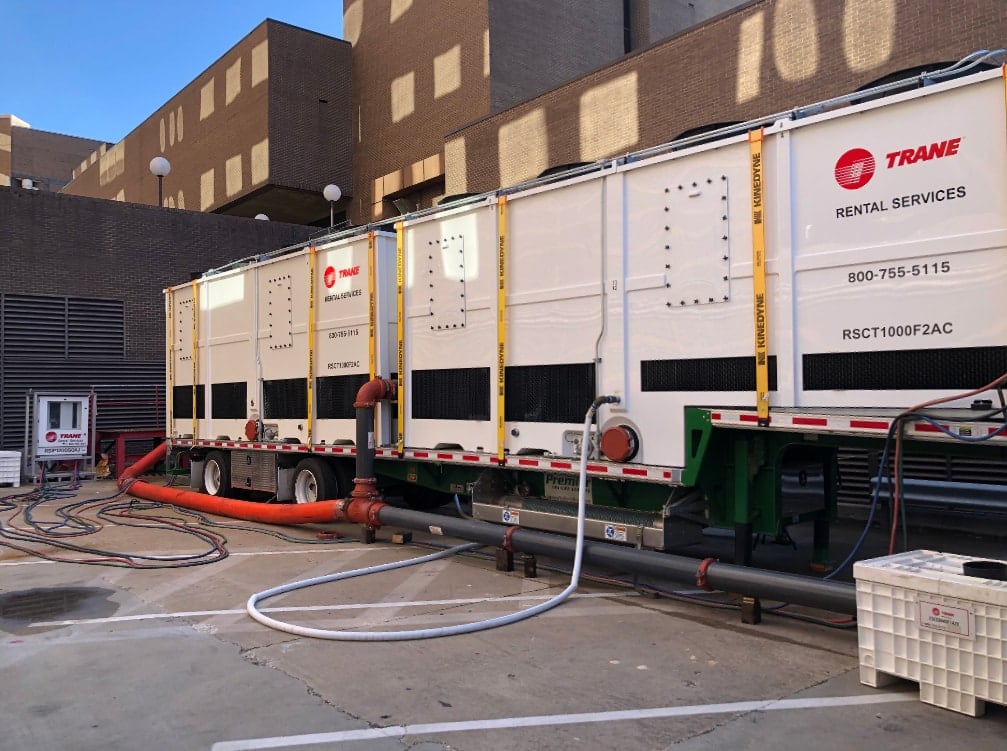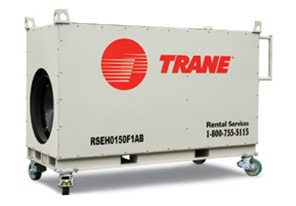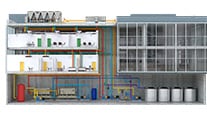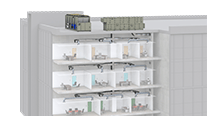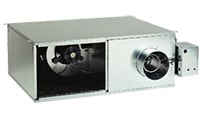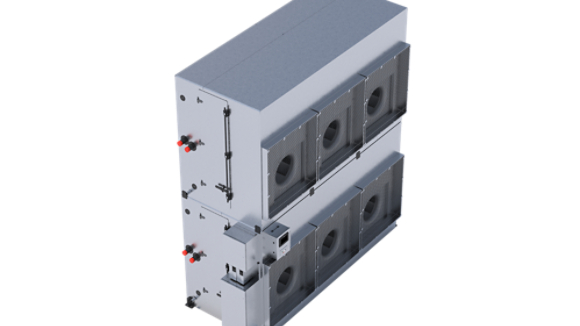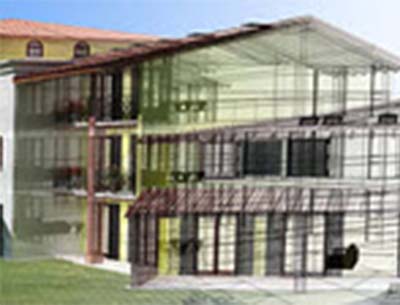Meet the ZEC. It’s completely the same as the REC, but not at all.
April 07, 2017
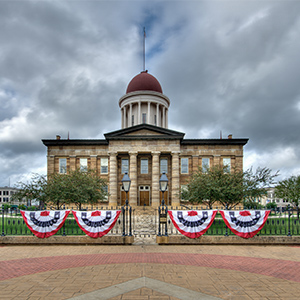
In the past months two states have passed legislation creating Zero Emissions Credit, or ZEC, programs. While the name “Zero Emissions,” seems to hint at a renewable-energy requirement of some kind, ZECs are actually subsidies paid to non-economic nuclear generation plants. These ratepayer funded programs have been controversial for several reasons, though the legislatures that passed them insist that they are needed for both environmental and reliability reasons. Most existing stakeholders disagree with this assessment.
The rationale behind the creation of ZECs lies in the view that we are in a transitional period of energy generation. It is easy to see that we create less carbon per generated megawatt today than we did even ten years ago and empirically this year-on-year decline is showing no signs of slowing. Additionally, real and significant advances are being made regularly in wind and solar generation technologies. Taken together, it seems natural that we are currently en route from a high-carbon to a carbon-neutral generation fleet.
There is, however, a catch. Competitive generation markets, responsible for eliminating numerous coal-fired power plants, are now taking their toll on many nuclear facilities. In a system where power prices are set by the marginal cost to produce one more megawatt, subsidized wind and solar generation, which require no input fuels, drives down prices in periods when they are active. Consequently, just as coal plants lack the flexibility to respond to price signals, nuclear plants cannot cut their costs when they are not operating in the black.
As nuclear generation is the only current technology capable of base-load generation in a carbon-free manner, this creates a problem. On one hand, low cost, carbon-free energy is preferable to most people. On the other, the mechanism that initially cut carbon production (competitive markets) is now rendering the bulk of carbonless base-load generation (nuclear) uneconomical. If one believes that we are on an inevitable path of carbon reduction, the thinking by some is to subsidize failing nuclear plants until such a time as they are either unneeded or once again profitable.
Thus ZECs were created. ZECs are superficially similar to Renewable Energy Credits (RECs) paid by utilities in many states in that they are assessed based on consumption. However, there are three key differences between ZECs and RECs. First, ZECs are assigned, not earned. Second, unlike RECs, there is no market for ZECs. Lastly, ZECs serve a closed market while RECs serve an open market.
Traditional renewable portfolio standards work as follows: utilities are told through legislation that they must buy renewable credits equal to a percentage of their load served. They then shop different options for how to get those credits. Utilities are thus rewarded for a) encouraging energy efficiency through cutting demand, and b) adding renewable generation to their energy mix. Additionally, as RECs are sold on an open market, this creates an additional profit stream for investors looking to build out more renewable merchant generation while also keeping REC prices low.
ZECs work differently. Because their goal is not to incentivize buildout but rather to provide for a stable income to certain nuclear plants, ZECs exist in a set number at a set price. To use New York as an example, there are 27,618,000 ZECs that will sell for $17.5394 each. Utilities are told how many ZECs they must purchase based off their proportion to the total load served in the state. So, if Con Edison in New York City serves 30% of the total load for the state, they must buy 30% of the ZECs. This money is then distributed directly to certain nuclear plants deemed uneconomic by the legislature.
ZEC programs have drawn fire from many quarters. Ratepayers and utilities have, expectedly, objected to the additional costs that will be incurred from the programs. Existing wind and solar operators have objected to the credits on the basis of the name, insisting that they should be included in ZEC programs as they produce zero emissions. Companies owning both non-nuclear and economically operating nuclear generation object to the favoritism being shown to individual plants. However, the most interesting objections have come from the entities responsible for regulating the inter-state power grid knows as the “Eastern Interconnection,” to which all ZEC states belong.
The most scathing review came from the PJM’s market monitor in response to Illinois’ creation of a ZEC regime. Monitoring Analytics is a firm that is paid by the PJM independent service operator to ensure the organization is maintaining a competitive and open marketplace. According to Monitoring Analytics, the ZEC program as instituted in Illinois is a threat to the openness of the system. They claim it keeps online otherwise un-viable generation at the expense of newer buildout as well as skewing capacity markets.
On account of the objections of market watchers, utilities, and generation companies, the New York law is currently in the process of being heard in the U.S. Circuit Court. The same will likely soon be true of the Illinois bill. However, this has not stopped both Ohio and Connecticut from openly considering legislation that will create ZEC programs within the states. Trying to get ahead of this issue, FERC, the organization that enforces many federal energy laws, has called a technical conference in May specifically to work through the ramifications of ZEC programs and what compromises might exist.
The adoption of ZEC subsidies by states in the Eastern U.S. have been sudden and startling, but ultimately reflect long term changes in how power is generated and served in the region. As more states contemplate creating these programs, they will likely get more, not less, contentious since they represent states picking winners rather than setting priorities. Until the resolution of the court cases and the FERC conference, however, little can be said about the future of ZECs.







